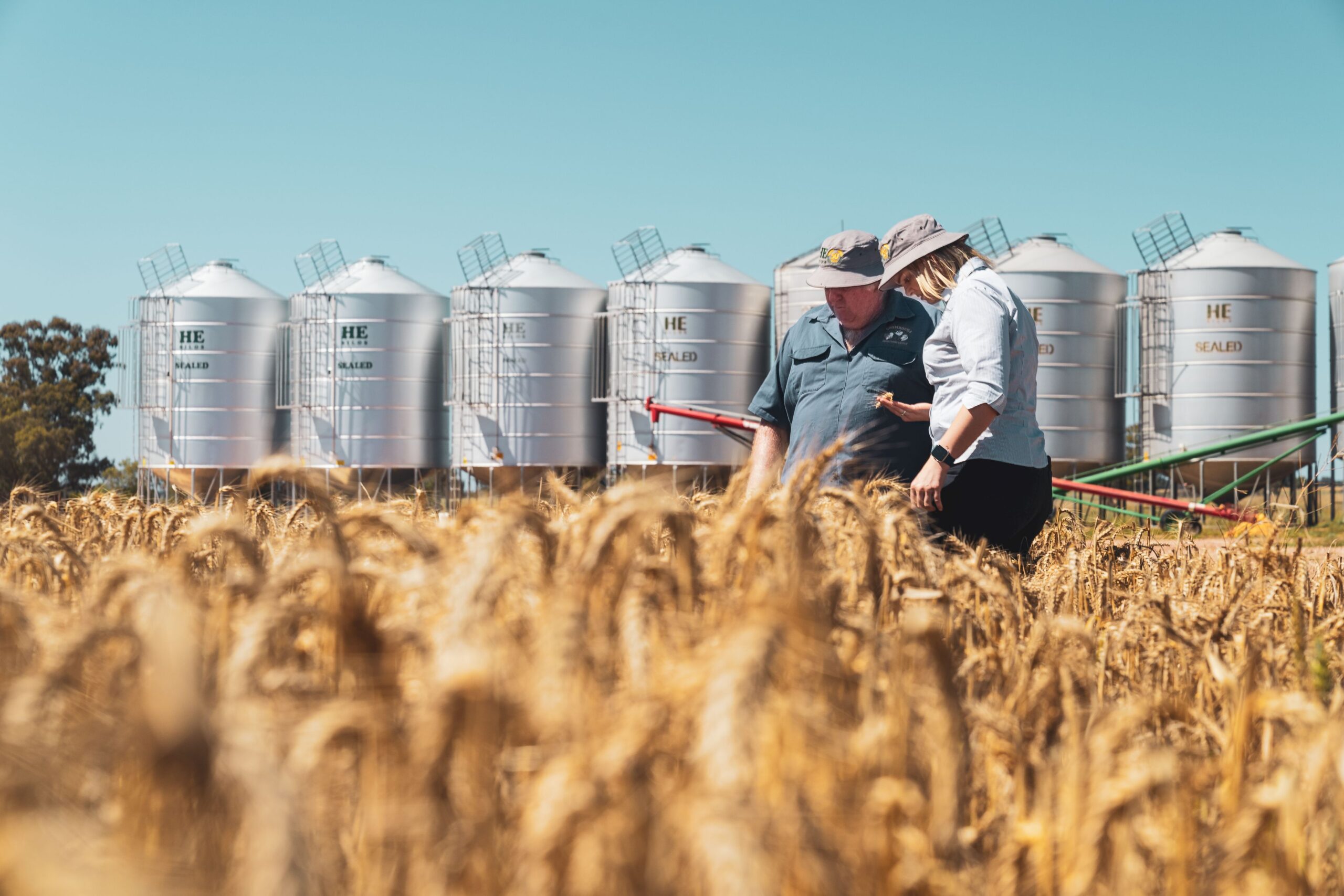What does “inventory adjustments” or “change in inventory” mean?
This term reflects how your farm’s books are converted to the accrual accounting method. For many farm businesses, accrual accounting can seem complicated, but it’s crucial for getting an accurate picture of financial health. Let’s break it down.
Accrual accounting recognizes revenue when it is earned and matches expenses to that same period, regardless of when cash changes hands. This approach provides a more precise view of your farm’s profitability than cash accounting.
Example: Year 1
Scenario: It’s our first year of farming, with no carryover grain. We grow 100,000 bushels of wheat, worth $10 per bushel ($1 million total), and incur $900,000 in expenses. We choose not to sell any wheat.
Cash income statement:
- Revenue: $0
- Expenses: $900,000
- Net loss: ($900,000)
Accrual income statement:
- Revenue: $0
- Inventory adjustment: $1 million
- Total income: $1 million
- Expenses: $900,000
- Net Income: $100,000
What changed?
The inventory adjustment account reflects the $1 million value of wheat in the bins, capturing it as income for the year even though it wasn’t sold. This adjustment aligns the expenses incurred with the revenue earned from the crop.
Example: Year 2
Scenario: We harvest 150,000 bu. of wheat (worth $1.5 million), incur $1.3 million in expenses, and sell all 100,000 bu. from Year 1 at $10 per bu. ($1 million revenue). By year-end, no new wheat is sold.
Cash income statement:
- Revenue: $1 million
- Expenses: $1.3 million
- Net loss: ($300,000)
Accrual income statement:
- Revenue: $1 million
- Inventory adjustment: $500,000
- Total income: $1.5 million
- Expenses: $1.3
- Net income: $200,000
Why is the inventory adjustment $500,000 rather than $1.5 million?
The adjustment accounts for both the sale of last year’s inventory ($1 million removed) and the addition of this year’s harvest ($1.5 million added), resulting in a net change of $500,000. This prevents double-counting last year’s wheat as income in both years.
Example: Year 3
Scenario: We grow canola for the first time, harvesting 100,000 bu. worth $15 per bu. ($1.5 million total). Wheat prices drop to $8 per bu., and we sell all remaining wheat. Expenses remain $1.3 million.
Cash income statement:
- Revenue: $1.2 million (wheat sold at $8 per bu.)
- Expenses: $1.3 million
- Net loss: ($100,000)
Accrual income statement:
- Revenue: $1.2 million
- Inventory adjustment: $0
- Total income: $1,200,000
- Expenses: $1.3 million
- Net loss: ($100,000)
Why is the inventory adjustment zero?
The $1.5 million opening inventory of wheat sold offsets the $1.5 million in new canola added to bins. The net change in inventory is zero, so no adjustment is needed. This emphasizes how inventory changes are balanced across crop years.

Breaking it down further
Accrued income statements are clearer when split by crop year (see table 1).
Key insight
The devaluation of wheat significantly impacts the overall farm performance, underscoring the importance of analyzing financials both by crop year and across the entire operation. While this year’s canola crop shows a positive contribution margin, the farm’s overall profitability remains negative. This highlights the interconnected nature of inventory management, market pricing and expense allocation in determining true financial health.

Balance sheet perspective
Tracking inventory adjustments helps explain financial changes (see table 2).
Key takeaways
- Inventory adjustment: Reflects the change in inventory value for the year, bridging cash and accrual perspectives.
- Accrual accounting: Provides a clearer picture of financial performance by matching revenues to expenses.
- Crop year analysis: Splitting income statements by crop year helps to isolate performance drivers.
- Crop-specific profitability: Reviewing financials by crop-specific performance offers valuable detail to contextualize the overall farm operation.
Wade McLaughlin is a senior analyst and certified bookkeeping consultant with Backswath Management Inc. He can be reached at or 204-275-0458 ext. 208.



